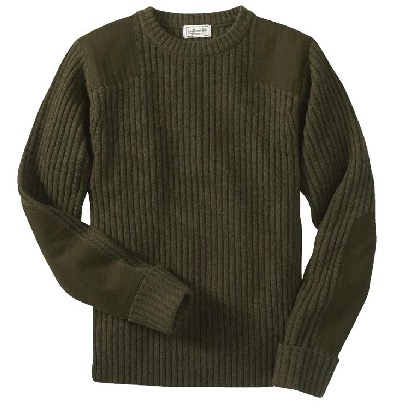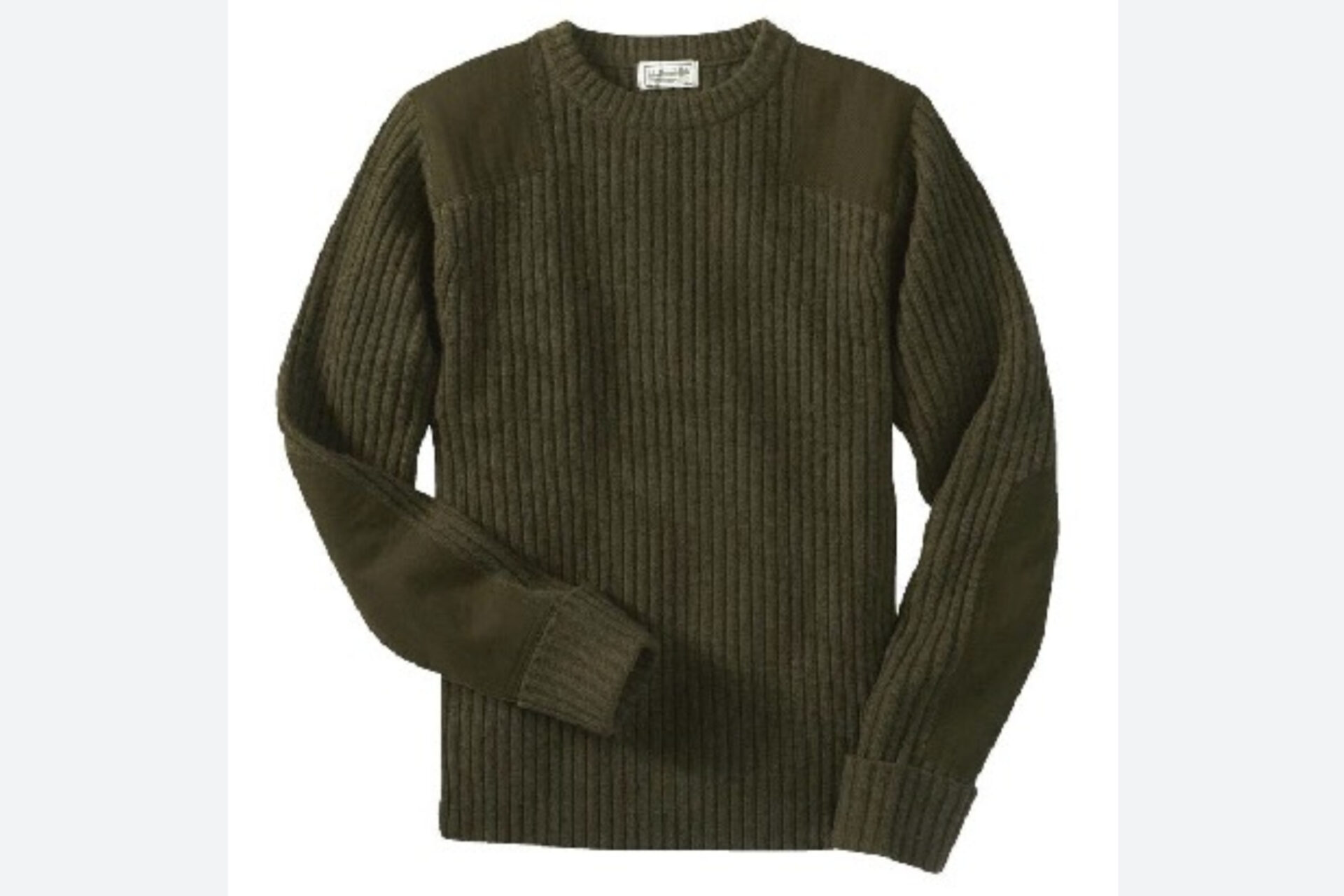THE WOOLLY PULLY
The classic Canadian sweater for frosty outdoor pursuits
Advertisement
While I appreciate the benefits of modern synthetic fabrics, I prefer going old school when it comes to a warm mid-layer for cold-weather hunting and fishing. My go-to? A woollen army surplus pullover known as the commando sweater, or woolly pully.
Allied forces wore the original versions during the Second World War, and most NATO forces had some variation of it during the Cold War. The sweaters issued to our troops were the most common, made of dark-green wool with patches on the shoulders and elbows. I remember my dad wearing one when I was a kid during his deer hunts in the Cape Breton Highlands.
Advertisement
When I started my hunting career, I bought my own commando sweater, and so did my in-laws and other hunting buddies. I wore mine down to the threads chasing black ducks and whitetails, and fishing on the Bay of Fundy. The rib-knit wool material kept the cold at bay, even when damp. It was also breathable, so I didn’t overheat when moving around. When the time finally came to discard it, I felt like I was getting rid of an old friend. I tried replacing it with Swiss and Austrian versions, but neither felt as good as my old Canadian-issue woolly pully.

Genuine commando sweaters are in dwindling supply and harder to find these days in war surplus stores, but they’re still available online for under $50, if you know where to look. If you’re okay buying one without that old surplus store smell, U.S. retailers sell new commando sweaters made for the Marines, but be careful—many manufacturers have switched to acrylic, which doesn’t insulate as well as wool. L.L. Bean also sells its own branded version of the woolly pully. It’s costs more, but at least it looks classy and, more importantly, keeps you warm in the outdoors.

